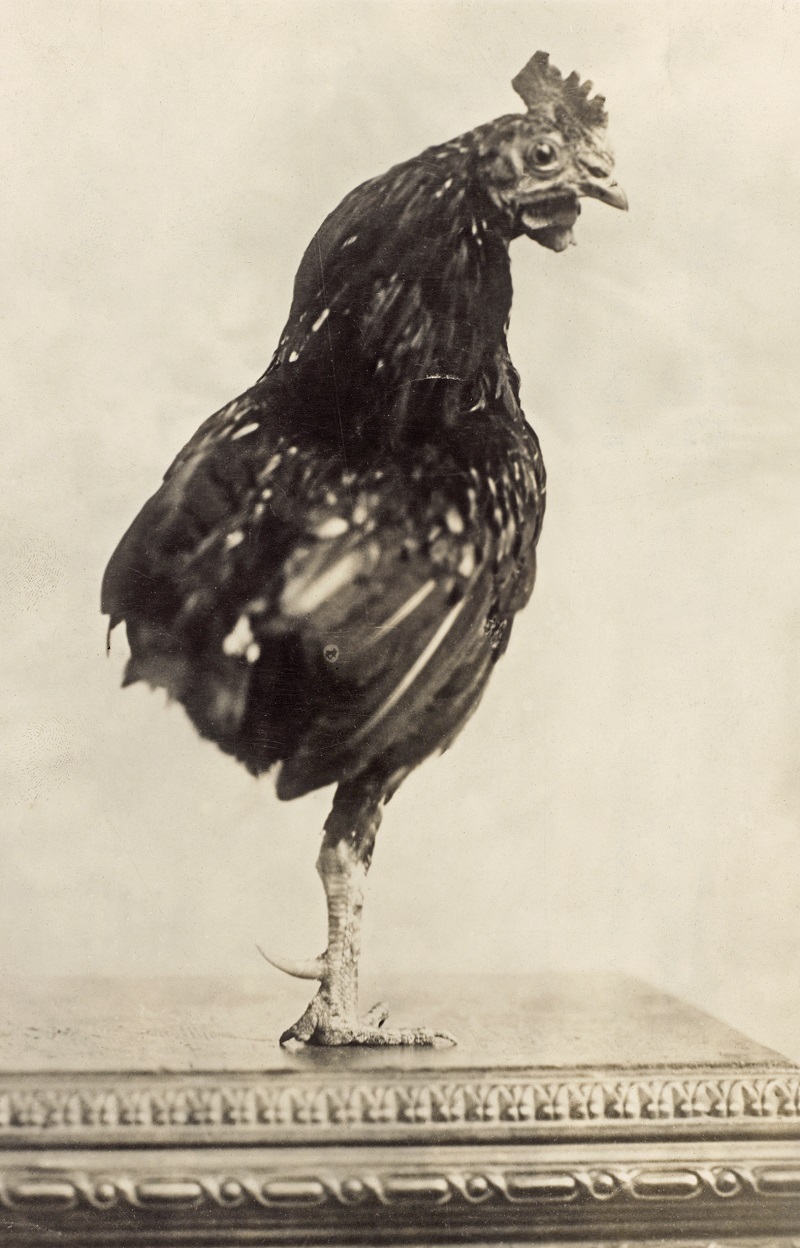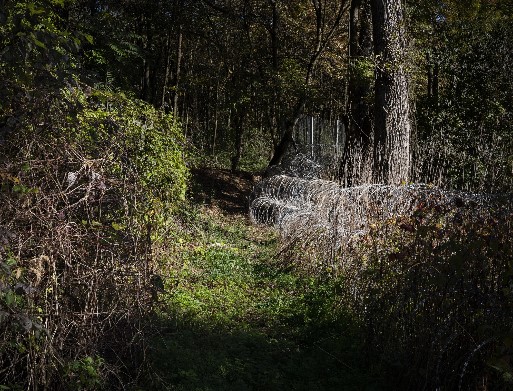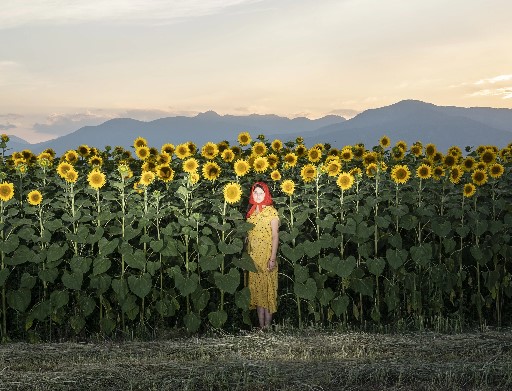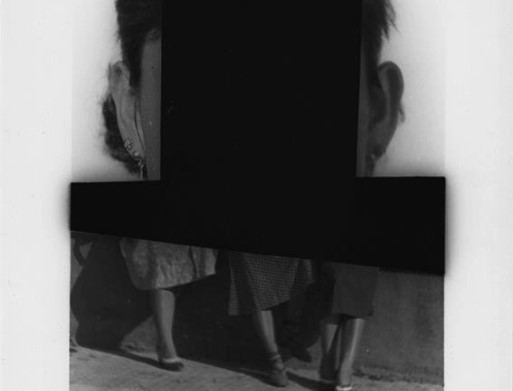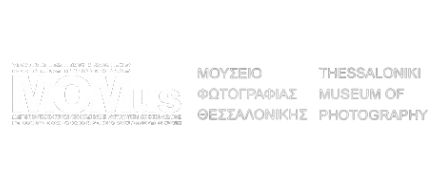The original common condition of both humans and animals is not animality but rather humanity – Eduardo Viveiros de Castro
Shifters is a long-term and ongoing project, in which Marta Bogdańska explores the instrumentalization of animals in wartime through photographs and articles she collects, and through her own artworks. “Poor images” circulating online narrate stories of animals in the role of soldiers, spies, heroes, agents of courage and self-sacrifice from the late 19th century to the 1970s.
In the wake of theories that on a broader level question the dichotomies of modernity, that is subject-object, culture-nature, which establish “man” as distinct from and dominant in the world, Marta Bogdańska attempts to narrate history from the point of view of animals, an undertaking inspired by the ideas of Éric Baratay, a pioneering theorist in Animal Studies. Silenced stories of animals that excelled at wars come to light, as the artist attempts to carefully reconstruct their biographies.
For the display at the Photobiennale, the artist is creating a site-specific work developing a dialogue with the mural by Polykleitos Rengos (1903-1984), a well-known representative of Greek-centered modernism, which was detached from the now demolished Armourers’ Boarding House and is on permanent display at the War Museum of Thessaloniki. Bogdańska’s version deconstructs the anthropocentrism of the historical battle and attempts to reconstruct it from the point of view of the animals.
A second trigger for the artist is the Boissonnas’ archive, kept at the MOMus-Thessaloniki Museum of Photography. In 1921 Henri-Paul Boissonnas (1864-1940) was commissioned by the Greek government to cover the Asia Minor campaign. The photographer’s lens captured all the animals that accompanied the enterprise: horses, camels and oxen used to transfer soldiers and transport supplies, as well as sheep and goats destined to feed the troops.
Against the hegemony of Western modernity that dominates nature, the artist’s work approaches indigenous peoples’ notions of the existence of a common natural world, inseparable from man himself, notions that resonate with contemporary anthropologists who believe that humans and animals share the same humanity.
In Shifters the relation between humans and animals ceases to be that of subject-object: the conditions of mastery and appropriation that determine the connection between the two are cancelled, the multiple levels of violence of human power over the world are negated, an approach that several theorists describe as decolonization of human-animal relations.

